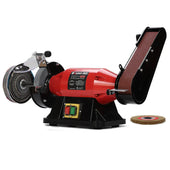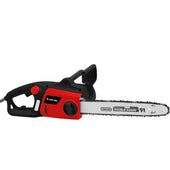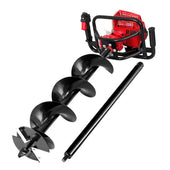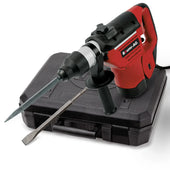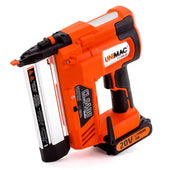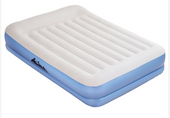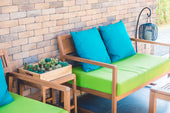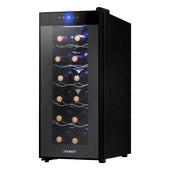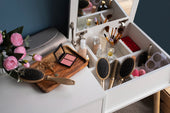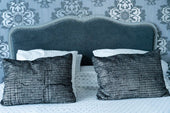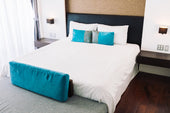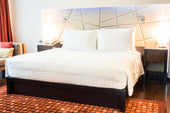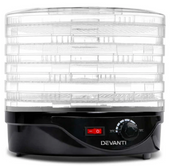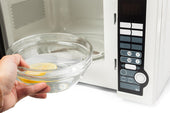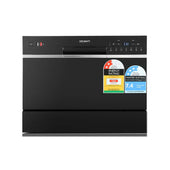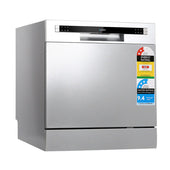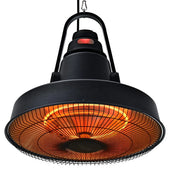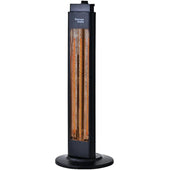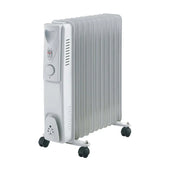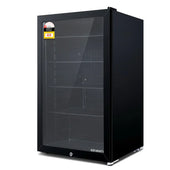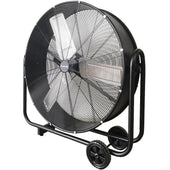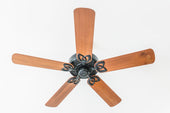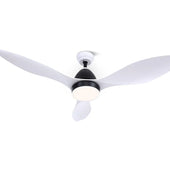Understanding What a Sideboard Is and Its Purpose
A sideboard, often referred to as a buffet, is a versatile piece of furniture traditionally used in dining rooms. It typically features a combination of cabinets, drawers, and a flat surface, making it both functional and stylish. Its primary purpose is to provide storage and display space for crockery, cutlery, tableware, or linens, ensuring easy access during meals or gatherings.
In modern homes, During Days sideboards transcend their traditional role. They can be found in living rooms, hallways, or even bedrooms, where they serve as media centres, statement pieces, or additional storage. Their design versatility suits a variety of interiors, balancing form and functionality seamlessly.
Benefits of Adding a Sideboard to Your Home
A sideboard offers multiple functional and aesthetic advantages, making it a versatile addition to any space.
- Enhanced Storage: A sideboard provides ample storage space for items such as tableware, linens, or everyday essentials, helping keep your rooms tidy and organised.
- Aesthetic Appeal: Available in numerous designs, materials, and finishes, they can complement any décor, elevating the overall style of a room.
- Versatility: From dining rooms to hallways, sideboards fit seamlessly into various spaces, adapting to different needs.
- Display Options: Tabletops can be used to showcase decorative items like vases, photo frames, and lamps, adding personality to interiors.
- Defined Spaces: Sideboards can visually section open areas, improving spatial flow and balance.
The benefits cater to both practicality and interior design goals, enriching the home environment.
Popular Sideboard Styles and Designs
Sideboards come in a variety of styles and designs to complement diverse interior themes and personal preferences. These options ensure versatility and functionality while elevating aesthetic appeal.
1. Traditional Sideboards
- Often crafted from solid wood like oak or mahogany.
- Feature intricate carvings and vintage details.
- Typically include rounded edges and ornate hardware.
2. Modern Minimalist Sideboards
- Showcase clean lines and sleek finishes.
- Utilise materials like glass, engineered wood, or metal.
- Often feature handle-less doors for a seamless look.
3. Mid-Century Modern Style
- Highlight tapered legs and horizontal forms.
- Blend wood tones like walnut with neutral accents.
- Prioritise simplicity and a retro aesthetic.
4. Industrial Designs
- Combine rugged materials like metal with distressed wood.
- Focus on raw finishes and bold construction.
- Serve as statement pieces with edgy appeal.
5. Scandinavian Sideboards
- Emphasise functionality with straight lines and soft palettes.
- Offer ample storage without overwhelming spaces.
- Use light wood tones and eco-friendly materials.
Each style caters to varied tastes, ensuring options for every décor need.
Choosing the Right Sideboard Size for Your Space
Selecting the appropriate sideboard size is crucial to ensure both functionality and harmony within a room. The sideboard should fit proportionally to the available space without overwhelming or appearing too small. Measure the wall or area where the sideboard will be placed, ensuring at least 60-90 cm of clearance around it to allow easy movement.
Consider its intended use when choosing size. A smaller unit suits compact spaces or minimal storage, whereas larger sideboards are ideal for spacious dining or living rooms. Balance width and height with surrounding furniture to maintain a cohesive aesthetic.
Materials and Finishes to Consider
Selecting the right materials and finishes for a sideboard is essential to ensure durability, functionality, and aesthetic harmony with your space.
- Wood: Natural and engineered woods dominate due to their timeless appeal. Oak offers a sturdy, classic look, while walnut provides a rich, warmer tone. MDF or laminate is a budget-friendly option for modern designs.
- Metal: Ideal for industrial or modern homes. Choose steel for strength and sleekness or brushed brass for a luxurious touch.
- Glass: Incorporates elegance through tempered glass accents or tabletop details, often blending well with contemporary interiors.
- Finishes: Matte finishes offer a subtle, modern feel, whereas high-gloss adds a polished, bold statement. Textured finishes like distressed wood convey rustic charm.
Assessing Your Storage Needs and Functional Requirements
Understanding storage needs and functional priorities is crucial when selecting a sideboard. Begin by evaluating the items to be stored. For example:
- Dining essentials: Plates, glasses, and cutlery require compartments or drawers.
- Decorative items: Shelving may be needed to display vases or photo frames.
Consider the room's purpose. In a dining room, sideboards often store tableware, while in a living area, they may house books or electronics.
Measure the space accurately to ensure the sideboard complements the room without cluttering it. Think about accessibility; sliding doors may suit compact spaces better than hinged ones. Balancing functionality with aesthetics is key.
How to Match a Sideboard with Your Existing Décor
When selecting a sideboard, ensuring it complements your current décor is key. Begin by analysing the existing colour palette of the room. A neutral-tone sideboard, such as beige or white, works seamlessly with most schemes, while bold shades can add contrast.
Consider the style of furniture already in place. For a modern look, opt for sleek designs with minimalist handles. Traditional interiors pair well with ornate carvings and classic wood finishes.
Pay attention to materials. A wooden sideboard may feel warm in rustic settings, whereas glass or metal creates a contemporary vibe. Measure proportions carefully to maintain balance, avoiding pieces that overwhelm or underplay the space.
Tips for Choosing a Sideboard for Specific Rooms
When selecting a sideboard tailored to a particular room, consider the unique needs and design elements of the space.
Living Room
- Choose a sideboard that complements seating arrangements and entertainment units.
- Opt for pieces with integrated storage for media devices and décor essentials.
- Ensure the size allows for smooth traffic flow.
Dining Room
- Select sideboards with sufficient storage for dinnerware, linens, and serving trays.
- Prioritise designs with a flat top for buffet-style serving.
- Match colours and finishes to dining furniture for uniformity.
Bedroom
- Pick a sideboard for additional storage of clothing or seasonal items.
- Look for designs with drawers or cabinets compatible with bedroom aesthetics.
- Consider a piece with soft tones, contributing to a calming atmosphere.
Budgeting: Finding the Perfect Sideboard Without Overspending
A practical approach to finding an ideal sideboard begins with setting a realistic budget. Consider the room’s existing decor and evaluate whether your sideboard needs to prioritise design or functionality. Compare prices across multiple outlets, including online stores, second-hand shops, and furniture outlets, to identify value options.
- Material Choices: Opt for affordable finishes like engineered wood instead of solid oak.
- Multi-functional Designs: Select pieces that offer both storage and style, eliminating the need for additional furniture.
- Sales and Discounts: Look out for seasonal sales or clearance events to maximise savings.
Prioritising quality over trends ensures durability without straining finances.
Care and Maintenance Tips for Your Sideboard
Proper care ensures that a sideboard lasts for years while maintaining its aesthetic appeal. Regular dusting with a soft, dry cloth prevents dirt build-up. For wooden sideboards, use wood-specific cleaners to preserve the finish and avoid excessive moisture. Polishing with a non-abrasive product can restore the lustre of the surface.
Protect the surface by using coasters under drinks and felt pads beneath decorative items. Address spills promptly to prevent stains or damage. Avoid placing the sideboard in direct sunlight to prevent fading or warping.
Regularly inspect hinges, knobs, and drawers, tightening or repairing as needed to maintain functionality.



